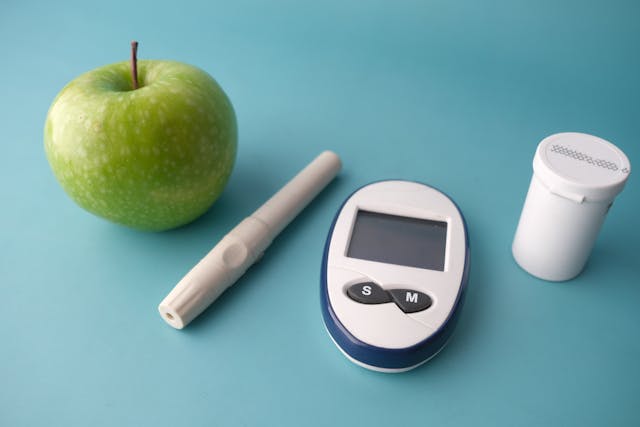
Traveling With Diabetes
Pre-Travel Health Check
Before traveling, have a complete health check to ensure your diabetes is under control. This also allows time to get any necessary vaccines and recover from any side effects. Ask your healthcare provider for a letter that includes:
- How your diabetes is treated (e.g., diabetes pills, insulin shots)
- All medicines and equipment needed to manage your diabetes (e.g., insulin, syringes, and blood sugar testing devices)
- Allergies to foods or medications
Also, have your healthcare provider write a prescription for insulin or diabetes pills. Bring more than enough medicine and syringes to last through your trip. In an emergency, the prescription can be helpful. Only use U-100 syringes while traveling, as other syringes may deliver incorrect doses. (If you already use U-500 syringes, be sure to bring them with you.)
International Travel Considerations
Prescription laws vary widely in other countries. If traveling abroad, contact the International Diabetes Federation at www.idf.org for more information. You may also want to get a list of English-speaking healthcare providers in the countries you will visit. Contact the International Association for Medical Assistance to Travelers at www.iamat.org for details.
Medical ID
Wear a medical ID bracelet or necklace indicating you have diabetes. If traveling to non-English speaking countries, learn key phrases such as "I have diabetes" or "Sugar or orange juice, please" in the local languages.
Travel Preparation
Pack at least twice the amount of medicine and blood-testing supplies you think you'll need. Keep at least half in your carry-on bag and keep this bag with you at all times. Keep labels on all medications and supplies, as they may be needed during security checks.
When packing, include:
- All insulin and syringes needed for the trip, plus extras
- Blood and urine testing supplies, plus extra batteries for your glucose meter
- All oral medications
- Other necessary medications or medical supplies
- Your ID and diabetes identification card
- A well-wrapped, airtight snack pack of crackers or cheese, peanut butter, fruit, a juice box, and some form of sugar (hard candy or glucose tablets) to treat low blood glucose
Request a special meal low in sugar, fat, and cholesterol at least 48 hours before your flight. Always carry some food in case your meal is delayed or there is a mistake with your order. Don’t take your insulin shot until you see your food coming down the aisle to avoid low blood sugar if your meal is delayed. If you usually inject air into the insulin bottle before drawing insulin, avoid doing this while in flight.
Time Zone Changes
If you take insulin shots and will be crossing time zones, consult your healthcare provider before your trip to plan your injection schedule. Eastbound travel means a shorter day, potentially requiring less insulin, while westbound travel means a longer day, possibly needing more insulin. To help track your shots and meals across time zones, keep your watch set to your home time zone until the morning after you arrive.
Checking blood sugar while traveling is just as crucial as at home. Check your blood sugar soon after landing, as jet lag can mask symptoms of low or high blood sugar.
Insulin Storage
Manufacturers recommend storing insulin in a refrigerator. However, cold insulin injections can be painful. You can store the insulin bottle you are using at room temperature for up to one month. Avoid storing insulin in very hot or cold environments, such as a car trunk or glove compartment. Travel packs are available to keep insulin cool.
Additional Tips for Traveling with Diabetes
- Rest for a few days after a long flight.
- Test your blood sugar according to your healthcare provider's advice.
- Check your insulin bottle before each shot. If it appears different, do not use it.
- Plan your activities to accommodate your insulin and meal schedule. Increased physical activity during your trip may require adjusting your medication doses to prevent hypoglycemia.
- Carry snacks when hiking or sightseeing. Do not assume food will be available everywhere.
- Be extra cautious with food and water safety. Avoid uncooked foods and tap water to prevent stomach issues that could disrupt blood glucose control.
- Wear comfortable shoes and never walk barefoot. Check your feet daily for blisters, cuts, redness, swelling, or scratches.
- Seek medical care at the first sign of infection or inflammation.
- If using an insulin pump or continuous glucose monitor, inform airport security personnel. You may be eligible for a private screening and should not need to disconnect your device.
